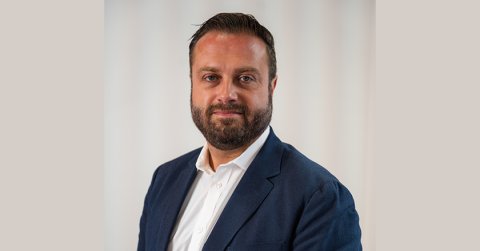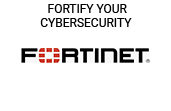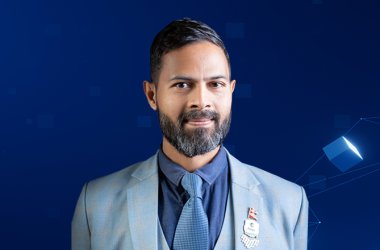
With the digital and physical worlds becoming increasingly interconnected, organisations are under constant pressure to secure the latest devices and systems, said Robert McNutt, Chief Strategy Officer, Forescout Technologies.
McNutt explained that the modern threat landscape has evolved rapidly over the past two decades. “Over the last 15 to 20 years, humans have done a really good job of creating more and more things that can be connected”, he said. “Fifteen years ago, we had laptops, computers, and printers, and that was pretty much it. Today, as you walk through GITEX, you see everything from ATMs and building control systems to robots and connected devices that manage heating, lighting, and energy”.
He shared that every digital or physical connected device could represent a potential target. “These devices could have hardware, software, and vulnerabilities that could be exploited. The more connected we are, the more the attack surface grows. To secure these modern and diverse networks, organizations need deep asset intelligence, and a complete understanding of every device in their environment”.
McNutt emphasised that knowing what’s connected is the first step to securing it. “Before you can protect anything, you have to know what you have, what the landscape looks like, and then define the right policies”, he said.
He drew a clear distinction between traditional IT systems and operational technology (OT) environments — and the growing intersection between the two.
“In IT, if something goes wrong, you typically lose information”, he explained. “A laptop gets compromised, and someone might steal a spreadsheet or some data. But in OT, if something becomes compromised, it translates into control over the physical world”.
He continued, “If someone compromises an OT device, they can manipulate physical systems — turning off cooling, opening doors, disabling cameras, even triggering ATMs. These devices were never designed with 20 years of cybersecurity controls or antivirus protections in place. Today, they are connected to modern networks, making the risks far more profound”.
Forescout addresses such challenges by providing full visibility and risk prioritisation. “We offer a complete understanding of all assets, assess their risk, and help customers focus their efforts where it matters most”, he said. “We also ensure compliance alignment — ensuring devices meet regulatory requirements and are patched and protected. When they can’t be patched, we automatically segment the network, enforce Zero Trust policies, and prevent compromised devices from becoming the next breach point”.
Focus on the ‘Zero Trust’ strategy
McNutt strongly emphasised on the need to view Zero Trust as a strategy rather than a one-size-fits-all solution.
He said, “Unfortunately, there’s a lot of mixed messaging suggesting that a single solution can deliver full Zero Trust. But real Zero Trust spans across identity, network infrastructure, and assets — providing end-to-end protection”.
He explained that effective Zero Trust requires separation of decision-making and enforcement. “No single tool should control everything”, he said. “If one product has complete control, it also becomes the biggest target. That’s why modern organisations are implementing Zero Trust with multiple vendors, and they’re relying on Forescout to orchestrate those different tools, so they operate cohesively and securely”.
McNutt observed a growing focus among enterprises on technologies that have demonstrated success at scale. “Talking to customers and vendors at GITEX, there’s a clear trend — organisations want established, proven solutions”, he said. “You’ll hear buzzwords like ‘AI-powered,’ but if a solution hasn’t been tested at scale, it’s difficult for sectors like government, healthcare, or financial services to depend on it”.
He added, “The attackers we’re defending against are not new — they’ve been doing this for decades and are getting better. It’s unrealistic to expect that a brand-new, untested technology will stop the next wave of sophisticated attacks. What matters is adopting proven technologies that have consistently protected networks across industries and geographies”.
McNutt stressed on the need for preparing for a world where cyber and physical systems are deeply connected.
He said: “The threat of attacks becomes greater as more robots, drones, and autonomous vehicles get connected to networks. The threat is no longer about losing data from a spreadsheet, but more about protecting people interacting with these systems in the real world. In my view, the next era of cybersecurity will be defined by the ability to defend against complex and hybrid threats. At Forescout, we’re committed to providing the visibility, intelligence, and automation needed to make the future secure”.
In conclusion, he described GITEX as one of the most dynamic technology gatherings. He said, “I’ve been several conferences around the world, but this is probably one of the most impressive in terms of diversity. There’s diversity not only in the businesses represented but also in the range of technologies, spanning from cybersecurity and network infrastructure to innovations that bridge the digital and physical worlds”.
Image Credit: Forescout





